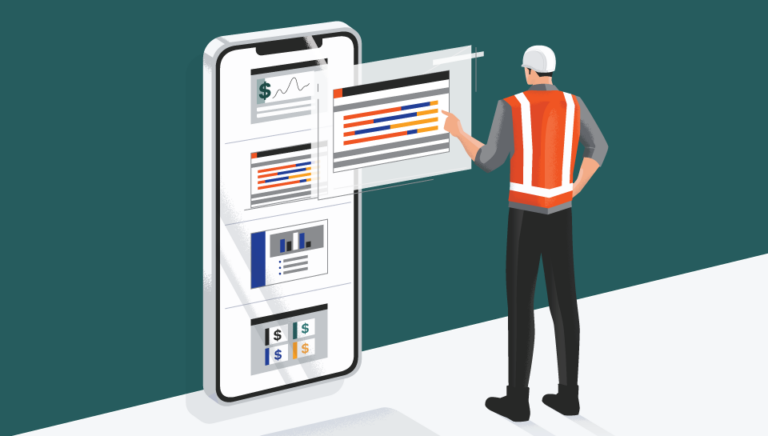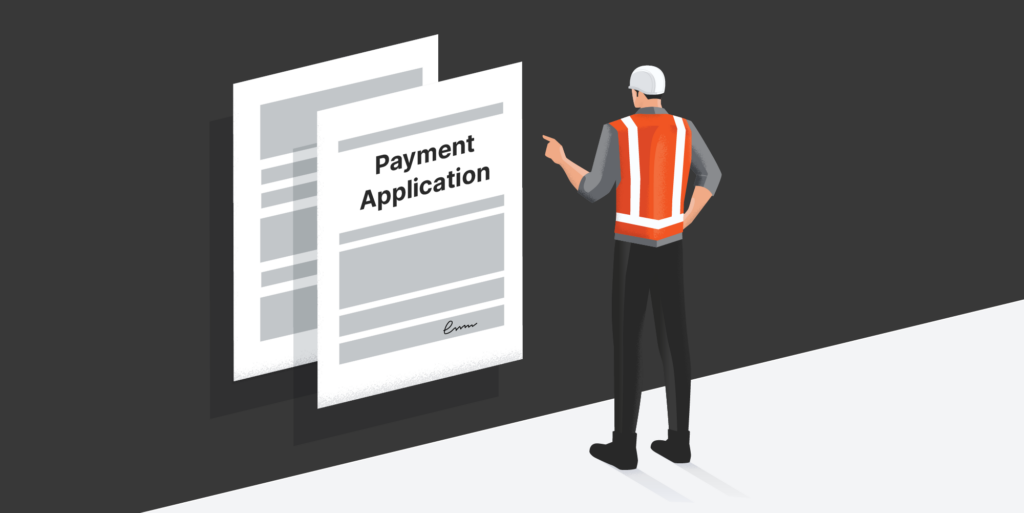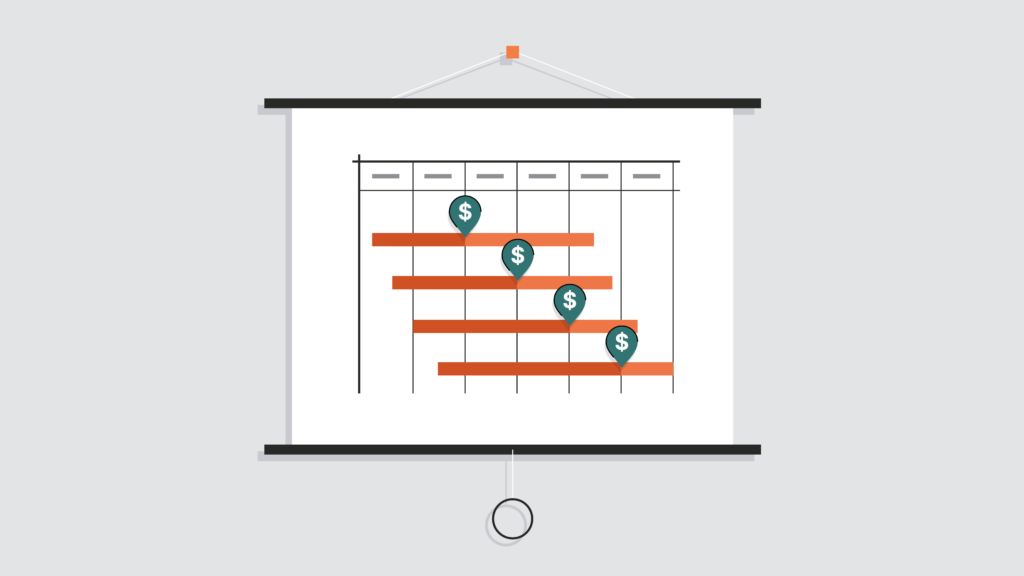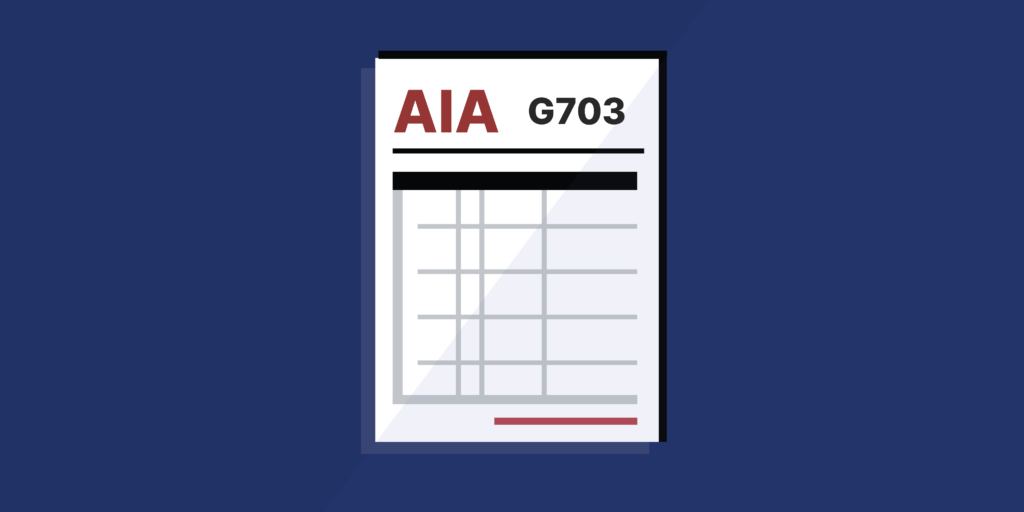— 6 min read
Contractor Payment Schedules: Why They’re Important & Choosing the Best Schedule for Each Project
Last Updated Apr 24, 2024

In construction, a payment schedule is a timeline of the payments to be made throughout the lifetime of a project. On most jobs, contractors don't receive a single, lump-sum payment for the work or materials they provide. Instead, construction contracts typically break the full contract value into progress payments, made at regular intervals during the project schedule.
Let's take a look at why the construction payment schedule is so important, what to include in a payment schedule, and some common types of schedules used across the industry.
Contents
Table of contents
Why are construction payment schedules important?
Put simply, a clear payment schedule helps ensure a project's contractor and subcontractors are paid in a timely manner and that the project progresses smoothly.
When tracking their own payments, contractors use a draw schedule. This document helps them plan out their income throughout the project. But payments aren't just coming in: Contractors also have to pay their subcontractors, buy materials from suppliers, rent equipment, etc. A payment schedule can also be used to track when payments are due to their vendors as well.
Payment schedules for income and expenses are both used to create a cash flow forecast. A forecast can help contractors identify different stages of a project during which they may need to seek financing.
Learn more: Managing Cash Flow in Construction
What's more: Contractors have a right to get paid for their work. When a party misses a payment on the payment schedule, the unpaid party may have a right to file a mechanics lien against the property.
A mechanics lien is a construction company's most powerful tool to ensure they get paid on time. But it is not automatic — protecting lien rights requires compliance with specific documents and deadlines. If you're the contractor on a project and the owner — or a contractor above you on the payment chain — misses a payment in the schedule, you need to know the deadline to file a lien claim. Every party on a project should use the payment schedule to keep track of payments and avoid being on either end of a mechanics lien claim.
What a construction payment schedule includes
While the specifics vary depending on a project's contract, a payment schedule usually includes:
- Project information: Name, location, description of the project, and important dates (start date, expected completion date, etc)
- The names of all parties involved on the project (the contractor, project owner, and any subcontractors involved as well)
- Description of the scope of work, including specific tasks, materials, and services that are included in the contract
- Amount of payment due
- Due date for the payment
- Timing of payments: Indicate the due dates or intervals at which payments are expected to be made. This can be tied to the completion of specific tasks or milestones, or it can follow a timed schedule (e.g., bi-weekly or monthly).
- If relevant, the payment milestones (see below for more information on payment milestones)
- If relevant, the percentage or amount of retainage that will be withheld from each payment (see below for more information about retainage)
- Preferred method of payment (e.g., check, electronic transfer)
- Payment terms including payment penalties or invoicing requirements
- Dispute resolution method: A section that outlines the process for resolving payment-related disputes or disagreements, such as mediation or arbitration procedures.
- Actual amount paid
- Actual payment date
- Space for signatures and dates for all parties in agreement
- Notes
In addition, you may also want to include a field to track whether a lien waiver has been sent or received for the payment. This is especially important if you are using the payment schedule to track payments to subcontractors or suppliers on a project.
It's always a good ideal to consult with a construction attorney to insure your payment schedule aligns with the requirements of the project — and any local regulations.
Types of construction payment schedules
Nailing down a concrete payment schedule is a critical part of a construction contract. Planning payments and following through with the schedule can serve as the rails to keep your project from going off-track. It can go a long way toward completing the project on time, avoiding disputes, and even staying within budget.
The type of contract you’re using can influence your payment scheduling. Payments under a time and materials contract can often be a bit more flexible than those based on the project’s progress or set time frames. Let’s take a look at some common payment schedule formats.
Deposit & final payment
When it comes to a smaller project, a deposit followed by a final payment can be all it takes to keep everyone happy. The deposit can cover materials, permits, and possibly labor, while the final payment wraps up the profits and other expenses.
For example, imagine a small home contracting business building a deck with a contract price of $3,000. The contractor may request $1,500 upfront to secure permits and purchase some of the materials. The final payment amount of $1,500 will cover the rest of the materials, the profit, and any labor costs the contractor paid. In this scheme, the contractor doesn’t have to front all of the cash on their own, and the homeowner can hold back some payment to ensure the contractor finishes the project (within reason).
Progress payments
Medium-to-large-size construction projects require a different approach. The most common payment schedule method for these projects is some form of progress payment and billing schedule.
Under this payment scheme, payments will flow at specific points throughout the project. Here are some of the most common payment waypoints.
Time-based payments
Under time-based payments, the payment schedule breaks up the contract amount into equal distributions. Usually, these contracts establish monthly payments with set dates. They make payment amounts and intervals crystal-clear, but can require some adjusting if change orders and delays emerge.
Milestone-based payments
Contracts that use milestone-based payments outline payments when specific stages of the project wrap up. For instance, a payment could be due to the contractor when they finish clearing the property or when the driveway work wraps up. This payment schedule is ideal when a large construction project is really just a series of smaller, separate projects.
Completion-based payments
If a contract uses completion-based payments, payments are due at regular intervals based on the project’s progress. For example, payments could be due at every 10% of the project’s completion. However, determining the completion percentage can be very challenging. This format really only works well on projects with crystal clear, itemized budgets or schedules of values.
Retainage
Retainage is a portion of a payment amount that the owner or GC withholds until the project reaches substantial completion. This set percentage of cash comes out of each payment. A retainage amount can often outweigh a contractor’s entire profit margin, so it can be a very compelling motivator.
Categories:
Tags:
Written by
Tom Scalisi
57 articles
Tom Scalisi is a writer with over 15 years of experience in the trades. He is passionate about educating contractors and specialty contractors about the best practices in the industry. He has seen first-hand how education, communication, and preparation help construction professionals overcome challenges to build a strong career and thriving business in the industry.
View profileExplore more helpful resources

Construction Payment Applications: A Guide for Contractors
For general contractors, getting paid requires much more than just an invoice. Before any checks are sent, contractors are asked to prove what has been completed, delivered, and more with...

Construction Escrow: What Contractors & Suppliers Need to Know
Every construction project starts with funding — and some projects are funded through construction escrow accounts. These accounts are often opened by the lending institution to help with the distribution...

Guide to Progress Payments on Construction Projects
There are lots of ways to bill for work on a construction project. You can bill at the end of the project, at the beginning, or as you go along....

Subcontractor’s Guide to the AIA G703 Continuation Sheet
If working on a project using the American Institute of Architects (AIA) payment applications, the GC will likely require you to provide a continuation sheet, known as the AIA G703-1992...
